Exploring the natural wonder of Campbeltown
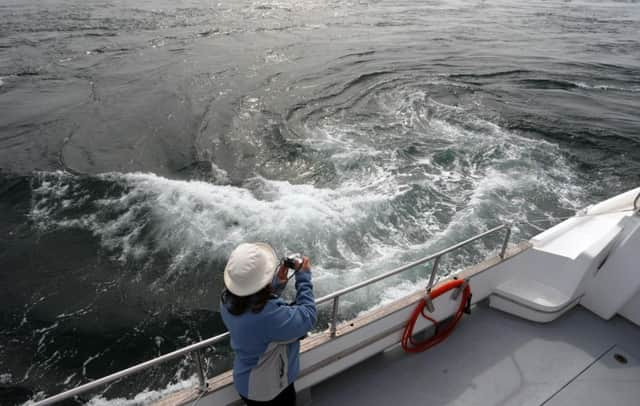

This whirlpool, a maelstrom created by the confluence of tide and undercurrent above an extraordinary seabed, has pulled many a sturdy vessel into the swirling depths of the measureless Atlantic, never to be seen again. Its baleful presence is to be found at the end of my latest book, and is a dramatic example of how I feel about the land and sea at the southern tip of the Highlands; its places and people, have become so important in my work.
We’ve all read about fictional detectives keeping the streets of Glasgow, Edinburgh and Aberdeen safe. You are led down lanes and into railway stations, to pubs and out of parks, past well-known buildings and monuments, all of which you’ve most likely come across face-to-face. It has been done, and done very well. Looking at the great island novels of May and Cleeves, the isolation of the countryside dominates. I needed to find something different: town meets country, perhaps?
Advertisement
Hide AdNestling under the hills, and around its loch, Campbeltown in Argyll is unique and – these days, at least – far too often forgotten. This town becomes the Kinloch in my crime novels, the real town in all but name. The rest of the Kintyre peninsula, the long strip of land at the end of which both real and fictional towns sit, is a finger pointing out into the broad ocean beyond, and remains itself in all of its eye-catching beauty in my work.
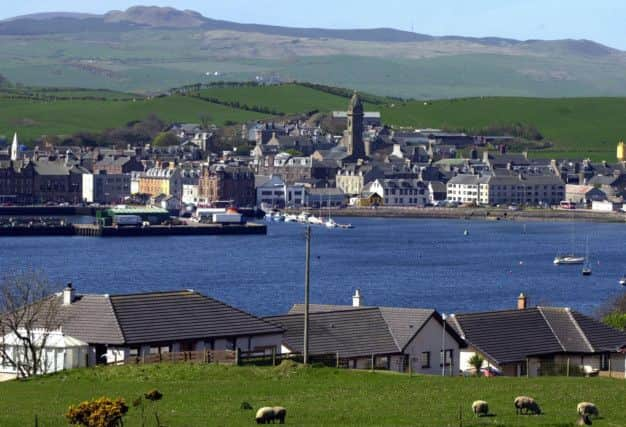

Those who visit Kintyre rarely make it a one-off affair. Rather, they fall in love with its rugged west coast, marvel at sweeping vistas across the Atlantic and towards Ireland, so close you feel you can almost touch it. I defy anyone to stand in the beautiful village of Machrihanish and not feel their heart break as a golden sun sinks into a dark sea, below the heavens parading their every hue.
How could a place that has seen the tread of St Columba, Roman generals, freebooters, smugglers, kings, princes and pirates fail to impart these treasures? The very people who gave Scotland its name first set foot here on the soil of Kintyre.
It was on the more fecund, but equally beautiful eastern side of the peninsula that Somerled, the last Viking and Lord of the Isles had his stronghold, until his death at the hands of the Stewarts saw this land absorbed into the rest of Scotland. But Kintyre would remain – quietly perhaps, but nonetheless trenchantly – a place apart.
And that’s just it: there is a distinct otherness here, encapsulated in Campbeltown itself, which draws you in. It’s a sense of something different; not new maybe, but forgotten, the way things used to be. Ask anyone in the area where they’re from and probably the last place you will hear mentioned is Argyll. The towns of Oban, Dunoon and Lochgilphead all have their own characteristics but still retain their Highland identity – not so Campbeltown. Kinloch too huddles around its harbour, a port that brings new things, people and experiences. It keeps its secrets as close as the hills that overshadow it. It offers a great deal: the depth and complexity of an urban community surrounded by breathtaking, cinematic scenery. What more could a writer want?
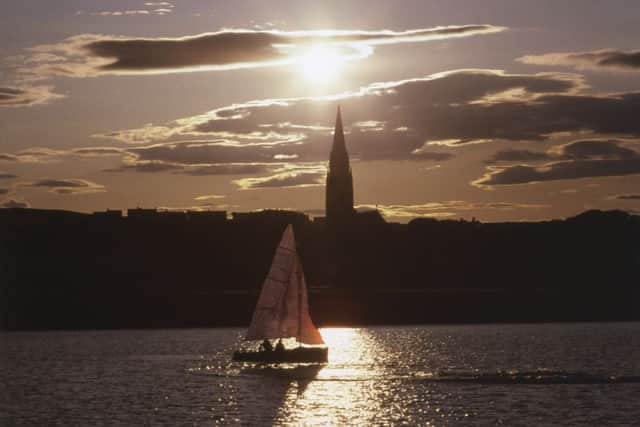

In the real town, genes of the ancient Picts, Irish and Norse are present in the modern-day population, many of whom still bear surnames which point to a distinct past. This distinctiveness – a melting pot of land, sea history and people – makes for an irresistible literary gift.
Advertisement
Hide AdI use the ever-changing weather to reflect mood: dank drizzle that shrouds the place in eerie gloom, ferocious winds that echo the wrath of the Atlantic, or a glorious summer’s day when, staring at the Inner Hebrides from the shore at the Gauldrons, it is easy to believe you are in the Greek archipelago and all is right with the world. All of this, the very essence of the place, provides a backdrop, personification almost.
It is a quality that broad roads or the high tenements of the city can emulate but never match; an ambience which lends the story heart and depth before a deed is done or a word spoken.
Advertisement
Hide AdI write the words, but this abundant imagery is so firmly implanted in one’s heart – very soul in fact – bringing it all to mind and putting it on the page is a work of pleasure rather than a chore; a devotion from someone who is anxious to spread the word, to share the secret about a place that will captivate anyone who takes the time to go and see for themselves.
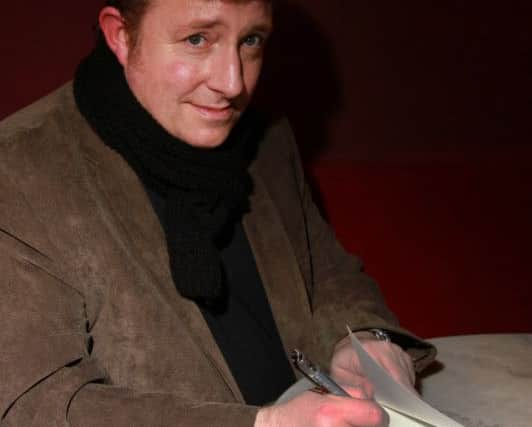

In a world where many hardly know their neighbour, never mind those who live on the other side of town, Campbeltown, and by osmosis, fictional Kinloch, hold on to a sense of community and togetherness, a trait that brings warmth to a novel but also a sinister us and them element. Those investigating the crimes in my books often feel as though everyone else knows the very thing they are trying desperately to discover but will never yield.
Places used to anchor people; in the not too distant past, folk rarely moved far from the place they and generations of their ancestors were born. These days, in a world where you can speak to four continents via a computer screen before breakfast, the question is often asked: where are you from? The natural response to this is usually to name the town, city or village in which you currently reside. Not so, people from my town; whether they live in Paris, Pittsburgh or Peterborough; Africa, America, or Asia, the answer invariably comes back the same: I’m from Campbeltown.
Campbeltown’s environs and its people are the real inspiration behind my work – in many respects, the main character even. Under its big skies, on sea or land, its presence dominates.
I believe that books do two things. Yes, they tell a story, a narrative from beginning to end (or these days, sometimes from the end to the beginning). There is something else, though. Whether you read of the wild Atlantic breaking on an iron-bound shore, of the grey loom of an island in the mist; of the pipe band as it plays its way up Kinloch’s Main Street to the cheers of the whole community gathered there, I think – I hope – the words take you to that place. The joy is not all in the telling of a tale, but in the transportation of oneself via the written word.
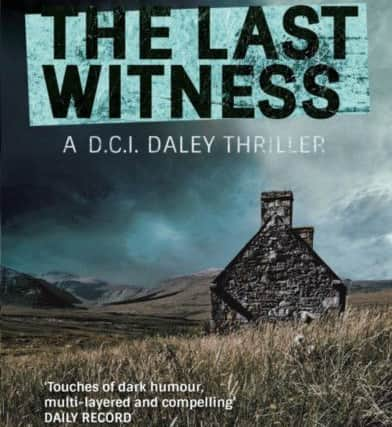

My father and grandfather were respectively from Wales and Yorkshire. They loved Campbeltown so much, neither of them would ever have considered living anywhere else. Indeed, they are both buried in the lovely cemetery at Kilkerran, looking out over Campbeltown Loch.
Advertisement
Hide AdAs the late great poet and folk archivist Willie Mitchell wrote: “For foreign lands I’ve nae desire, nor yet tae sail the sea, for the green Laggan of Kintyre, is hame, aye hame tae me.” So true, so very true.
• The Last Witness, by Denzil Meyrick, published by Birlinn, is out now priced £8.99